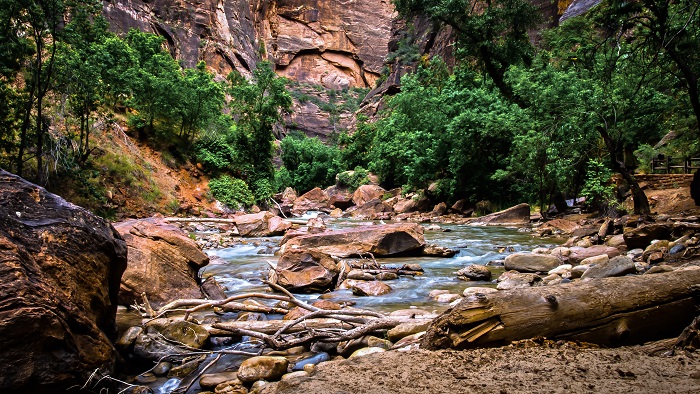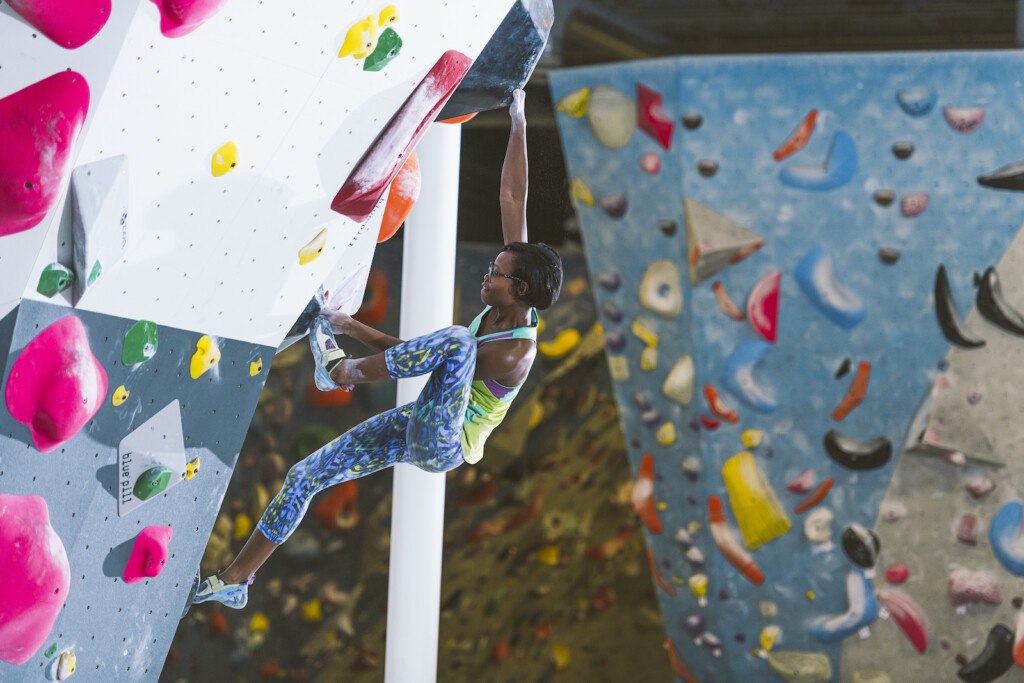
Despite the sweeping advancements in medical technology over the past century, there is one therapeutic modality gaining monumental popularity due both to its proven efficacy and unique use of a timeless medicine: Nature.
Often referred to as adventure therapy, outdoor youth programs, outward bound, or simply wilderness programs, these programs are designed for at-risk youth suffering from various mental health and substance abuse issues.
Utah has become a renowned hub for these programs, all of which offer different approaches to this treatment throughout all biospheres in the state.
I first remember learning about these programs in my teens. I would hear about peers who acted up too much, even rumors of abduction and getting kicked out of their home, abandoned in the woods to survive on their own. I also remember hearing stories of death in these programs—although given the terrifying perspective of something like this at a young age, exaggeration teemed.
Dispelling the myth that wilderness programs are terrifying excursions where kids must suffer to learn to survive, it is not as frightening as the rumors led me to believe. In fact, many of these programs retain a model of familial participation in the treatment plan alongside the child’s working therapists.
For mental health clinicians, dealing with adolescents——many of whom suffer traumatic backgrounds and complex mental health disorders——coupled with oppositionality, learning disorders, family issues, and addiction, provide a distinct and paramount challenge in the mental health hemisphere. Treatment in these outdoor programs range from 1–3 months on average, depending on the participant.
Location is Key
In an effort to learn more about this treatment first hand, I contacted Raushan Rouser, the transportation director from Aspiro, one of the leading facilities in the intermediate outdoor therapy field, who “Operates 15-passenger vans and four other passenger vehicles, transporting the students in and out of the facility, to the various recreational areas where the therapy occurs … I also work on the inventory side, ensuring the students have exactly what they need, both seasonally and nutritionally.”
Aspiro is located in Mount Pleasant, and sends the participating students to many of Utah’s diverse environments, treating them in Park City, Moab, Saint George, and more. “The students work on an eight-days-on- and six-days-off schedule,” Rouser said. “They have six days during the exchange. This is the time where they come back to what we call ‘The Hill,’ which is a piece of land Aspiro purchased about five to 10 miles out from our main office. During the exchange, they meet with our therapist, and resupply with any needed equipment and food before the next outing.”
During their time in the field, the participants are exposed to a unique recreational milieu. “The students learn new skills in a safe, judgment-free environment, building tent-shelters and learning survival techniques, while also enjoying a variety of activities such as rappelling, mountain biking, and hiking.”
This isn’t to say that wilderness therapy is all about fun. The teens all have detrimental conditions that requires Aspiro to maintain a team of highly trained medical professionals. “In regards to our medical team,” Rouser said, “they are always on call 24/7. We have a licensed RN, a medical director, and the therapists are available by phone and meet with the students during their exchange.”When I asked about student safety and how they handle patients who suffer from more severe conditions, Rouser told me, “It’s all about verbal de-escalation. We cannot touch or restrain them unless their immediate safety is in danger. If a patient makes any threat of suicide or passive ideations that could question their ability remain safe, we immediate keep them in line-of-sight, or within an arm’s reach 24 hours a day.”
In wilderness therapy, everyone works together as a group, which in turn, makes every activity a highly logistical operation.
“To give an example,” Rouser said, “It often takes around two hours for the group of students to simply use the bathroom. Everyone moves and works as a pack, a maximum of nine students per group.”
The Good, The Bad, and the Financial
While Wilderness treatment on the surface sounds ideal for troubled teens to overcome mental health and substance use struggles, there is a controversial side to this form of treatment.
Healthcare in any form is expensive. Despite wilderness programs being proven as an efficacious means of treatment, they are costly— upwards of $40,000 per patient. Yet treatment in a psychiatric hospital, can reach into hundreds of thousands of dollars and are designed for long-term treatment. Compared to the traditional methods, wilderness programs are an less-costly and more intensive, putting the patient in a completely different environment than what would be traditionally used to stabilize subacute conditions.
I spoke with Mary Covington, the president of Denials Management Inc., a healthcare advocacy company that provides utilization, claims, and appeals services for many families who have admitted their children into wilderness therapy.
Covington described the ongoing struggle for healthcare providers, the lack of recognition and appropriate coverage for treatment at these facilities by the insurance companies.
“I think the healthcare advocacy for treatment of adolescents with mental health and substance use concerns has been a hard road, for many people don’t have the experience to understand what their policy does and doesn’t cover, or even how to get a benefit they are due,” she said.
However, the future is much brighter. Recently major insurance conglomerates have started to reimburse families for treatment in wilderness programs, on a limited bases. My insurance plan, like many others, still has a strict exclusion for it.
Covington explains, “We began to appeal for wilderness programs in 2008 and 2010, when the Mental Health Parity and Addictions Equity Act came out, mandating that insurance providers offer coverage for this intermediate service the same way they offer analogous surgical benefits in their plans. We didn’t get any real good teeth until the ‘Final Rules’ of this act in November 2013—successful reimbursement for patients who have received this care has grown exponentially.”
I spoke with two of Covington’s associates, Chelsea Giles and Justin Eckman, both work closely with Covington. I was curious why Utah has become a central hub for this treatment.
“It all has to do with the governing laws in Utah. For better or for worse, Utah does not allow patients to check themselves out of treatment until they are 18 years old,” Eckman said. In states like California, patients can check themselves out of treatment at 14, and for many parents, the idea of your 14-year-old walking free from confined treatment is frightening.
I gained a new perspective on the effectiveness of this treatment when talking to Giles, who said she has heard the repeated praise of parents, “Wilderness therapy worked” and “Wilderness therapy saved my family.” It’s quotes like these that serve a testament to the efficacy of these programs.
“Wilderness programs are simply different. It isn’t for everyone, but at the same time, intensive counseling and inpatient hospitals aren’t for everyone,” Giles said. “This treatment holds its own place in its respective hemisphere, as it provides an important avenue of treatment to people who aren’t as receptive to others.” Giles closed by saying, “The biggest thing, is that this treatment works with patients where other things have not.”
Given the extensive history of wilderness programs and their respected tenure in our Beehive state, there is one clear verdict: Wilderness therapy is a unique approach to safe and effective therapy, which continues to help adolescents with mental health and drug abuse issues in a fun and exciting course of rehabilitative therapy.




